Home>Gardening & Outdoor>Landscaping Ideas>How To Cut Tall Grass Without A Mower
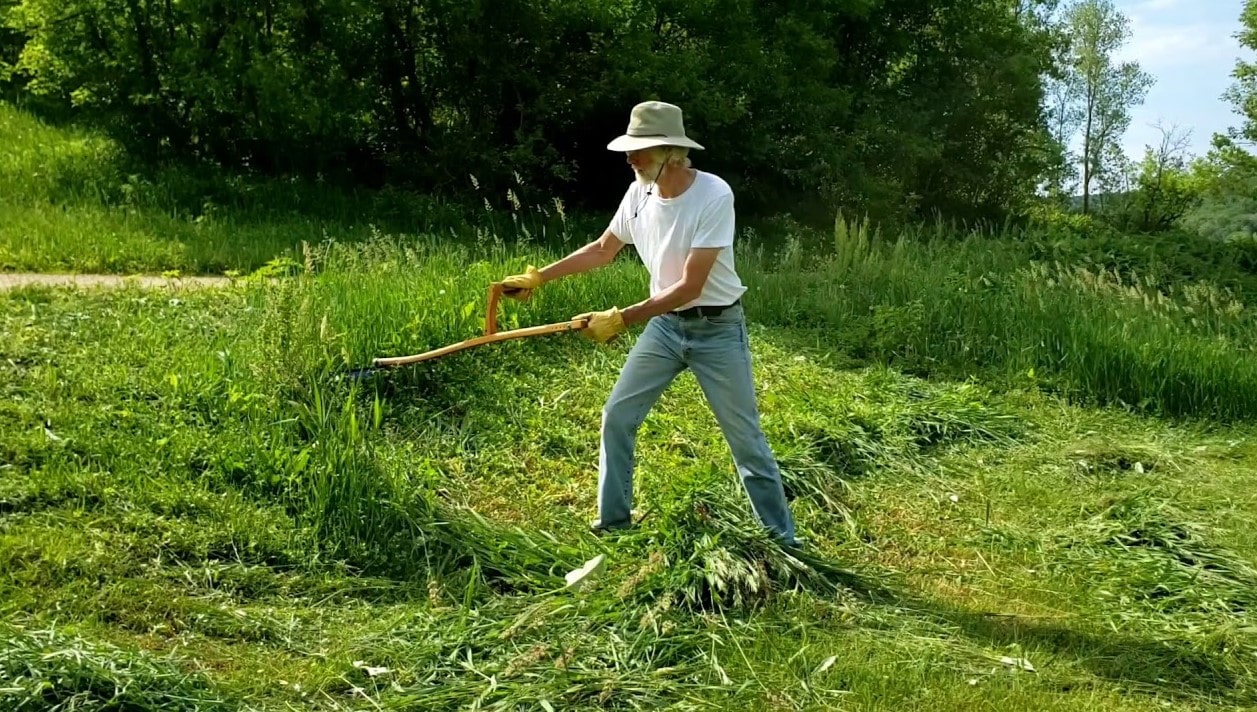

Landscaping Ideas
How To Cut Tall Grass Without A Mower
Modified: October 19, 2024
Learn effective landscaping ideas for cutting tall grass without a mower. Discover practical tips for maintaining your yard and improving curb appeal.
(Many of the links in this article redirect to a specific reviewed product. Your purchase of these products through affiliate links helps to generate commission for Storables.com, at no extra cost. Learn more)
Introduction
Tall grass can add a wild and rustic charm to a landscape, but it often requires regular maintenance to prevent it from becoming overgrown and unruly. While a lawnmower is the go-to tool for keeping grass at a manageable height, there are situations where using a mower is impractical or impossible. Perhaps the terrain is too uneven, the grass is too tall for a conventional mower, or the area is too remote to access with heavy machinery.
In such cases, knowing how to cut tall grass without a mower can be invaluable. Whether you're taming an overgrown field, maintaining a meadow, or simply looking for an alternative to powered lawn equipment, there are several effective methods for tackling tall grass without a traditional mower.
In this guide, we'll explore various tools and techniques for cutting tall grass without a mower, providing you with the knowledge and skills to manage overgrown areas with ease. From clearing the area to using specialized tools and tidying up afterward, we'll cover each step in detail, empowering you to maintain your outdoor spaces without the need for a conventional lawnmower. So, let's roll up our sleeves and delve into the world of cutting tall grass by hand!
Key Takeaways:
- You can cut tall grass without a mower using tools like string trimmers, scythes, and brush cutters. Clear the area, use the right tools, and tidy up afterward for a well-kept landscape.
- Cutting tall grass without a mower is a creative and resourceful way to maintain outdoor spaces. It’s a rewarding endeavor that connects you to the natural environment and showcases the transformative power of manual tools.
Read more: How To Cut Grass Without A Lawn Mower
Tools and Equipment Needed
Before embarking on the task of cutting tall grass without a mower, it’s essential to gather the necessary tools and equipment. The right gear can make the job more manageable and efficient, ensuring that you can tackle the task with confidence. Here are the essential tools and equipment you’ll need:
- Protective Gear: Wear sturdy work boots, long pants, gloves, and safety goggles to protect yourself from debris and potential hazards while working in tall grass.
- String Trimmer: Also known as a weed eater or weed whacker, a string trimmer is a versatile tool for cutting grass and weeds in areas that are difficult to reach with a lawnmower.
- Scythe or Sickle: These traditional hand tools are effective for cutting tall grass, especially in larger, open areas where maneuvering a string trimmer may be challenging.
- Brush Cutter: Ideal for tackling thicker, woody vegetation that a string trimmer may struggle to cut through, a brush cutter is a powerful tool for managing overgrown areas.
- Manual Reel Mower: While not a hand tool, a manual reel mower can be an alternative to powered mowers for cutting taller grass in smaller, more accessible areas.
- Rake: A sturdy rake is essential for gathering and clearing cut grass, allowing you to tidy up the area after cutting.
- Collection Bags or Bins: Depending on the volume of cut grass, you may need bags or bins for collecting and disposing of the clippings.
By ensuring that you have the appropriate protective gear and the right tools for the job, you can approach cutting tall grass without a mower safely and effectively. With these tools at your disposal, you’ll be well-equipped to tackle overgrown areas and maintain a tidy, well-kept landscape.
Step 1: Clear the Area
Before you begin cutting tall grass, it’s crucial to clear the area of any obstacles or debris that could impede your progress or pose a safety risk. Walk through the space and remove any large rocks, branches, or other objects that could interfere with your tools or cause tripping hazards. Additionally, be on the lookout for any hidden obstacles, such as tree stumps or uneven terrain, that may affect your ability to move freely while cutting the grass.
If the area is particularly overgrown, consider using a rake or a pitchfork to gently lift and remove any fallen or matted grass that could clog your cutting tools. By taking the time to clear the area before you begin, you’ll create a safer and more efficient working environment, allowing you to focus on the task at hand without unnecessary interruptions.
Furthermore, clearing the area provides an opportunity to assess the condition of the ground and identify any potential hazards, such as holes or hidden obstacles. By addressing these issues before you start cutting, you can minimize the risk of accidents and ensure a smoother cutting process overall.
Once the area is clear and any potential obstacles have been addressed, you’ll be ready to move on to the next step in the process of cutting tall grass without a mower. With a clear and safe workspace, you can approach the task with confidence, knowing that you’ve taken the necessary precautions to set the stage for a successful cutting operation.
Step 2: Use a String Trimmer
A string trimmer, also known as a weed eater or weed whacker, is a versatile tool that can effectively cut tall grass in areas where a traditional mower cannot reach. When using a string trimmer to tackle tall grass, it’s essential to select the appropriate cutting line or blade for the task at hand. Thicker, more overgrown grass may require a heavier-duty cutting line or blade to achieve clean and efficient cuts.
Before you begin cutting, ensure that the string trimmer is fueled and in good working condition. Check the cutting line or blade for wear and tear, and replace it if necessary to ensure optimal cutting performance. Additionally, familiarize yourself with the trimmer’s safety features and operating instructions to use it safely and effectively.
When cutting tall grass with a string trimmer, approach the task systematically, working in small sections to prevent the trimmer from becoming overloaded. Hold the trimmer at a comfortable angle and height, allowing the cutting line or blade to make clean contact with the grass for efficient cutting. Be mindful of any rocks, debris, or uneven terrain that may affect the trimmer’s operation, adjusting your technique as needed to navigate these obstacles safely.
As you work through the overgrown areas with the string trimmer, pay attention to the cutting height and the density of the grass. Adjust the trimmer’s speed and cutting angle to achieve an even and consistent cut, focusing on gradually reducing the height of the grass to your desired level. Take breaks as needed to avoid overexertion and maintain a steady pace throughout the cutting process.
By using a string trimmer to cut tall grass, you can effectively manage overgrown areas with precision and control, achieving a neatly trimmed appearance without the need for a traditional mower. Once you’ve completed the initial cutting with the string trimmer, you’ll be ready to explore additional techniques for managing tall grass without a mower.
Step 3: Trim with a Scythe or Sickle
When facing particularly dense or extensive areas of tall grass, utilizing a scythe or sickle can be an effective method for achieving a clean and precise cut. These traditional hand tools are well-suited for managing larger open spaces where maneuvering a string trimmer may be challenging or impractical. Before using a scythe or sickle, it’s essential to select the appropriate tool for the task at hand and ensure that it is sharp and in good working condition.
When using a scythe or sickle to trim tall grass, it’s important to maintain a steady and controlled rhythm, allowing the tool’s blade to make smooth and deliberate cuts through the vegetation. Begin by positioning yourself at the edge of the area to be trimmed, holding the tool at a comfortable angle and height to achieve an even and consistent cut. With each sweeping motion, guide the blade through the grass, focusing on maintaining a steady pace and adjusting your technique to accommodate changes in terrain or grass density.
As you work through the overgrown areas with a scythe or sickle, pay attention to your posture and movement, ensuring that you maintain a balanced and ergonomic stance to prevent strain or fatigue. Take breaks as needed to rest and rehydrate, especially when working in hot or humid conditions.
By using a scythe or sickle to trim tall grass, you can achieve a neatly manicured appearance in larger open areas, complementing the precision of a string trimmer with the handcrafted charm of traditional cutting tools. Once you’ve completed the trimming process with a scythe or sickle, you’ll be prepared to explore additional techniques for managing tall grass without a traditional mower.
Consider using a string trimmer or a scythe to cut tall grass without a mower. Start by cutting the perimeter and then work your way inward in a systematic pattern to ensure an even cut.
Read more: How To Cut Grass With Lawn Mower
Step 4: Use a Brush Cutter
When facing dense, woody vegetation and overgrown grass that may challenge conventional cutting tools, a brush cutter can be a powerful and effective solution. Unlike string trimmers or traditional mowers, a brush cutter is specifically designed to handle thicker, more resilient vegetation, making it well-suited for managing overgrown areas that may be difficult to tackle with other tools.
Prior to using a brush cutter, it’s crucial to familiarize yourself with its operation and safety features, ensuring that you understand how to use the tool effectively while minimizing the risk of accidents. Additionally, inspect the brush cutter to ensure that it is in good working condition, with sharp blades or cutting attachments that are suitable for the task at hand.
When using a brush cutter to manage tall grass and dense vegetation, approach the task methodically, working in manageable sections to prevent the tool from becoming overwhelmed. Maintain a firm and balanced stance while operating the brush cutter, allowing the tool’s cutting attachments to make clean and efficient contact with the vegetation for optimal cutting performance.
Be mindful of any obstacles or uneven terrain that may affect the brush cutter’s operation, adjusting your technique as needed to navigate these challenges safely. As you work through the overgrown areas with the brush cutter, pay attention to the cutting height and the density of the vegetation, making gradual and deliberate passes to achieve a consistent and tidy appearance.
By using a brush cutter to manage tall grass and dense vegetation, you can effectively address overgrown areas with resilience and precision, achieving a neatly trimmed result without the need for traditional mowers or excessive manual labor. Once you’ve completed the cutting process with a brush cutter, you’ll be ready to explore additional techniques for managing tall grass without relying on conventional mowing equipment.
Step 5: Consider Using a Manual Reel Mower
For smaller or more accessible areas of tall grass, a manual reel mower can offer an eco-friendly and low-maintenance alternative to powered mowers. With their simple yet effective design, manual reel mowers can provide a quiet and efficient means of cutting grass without the need for electricity, fuel, or complex machinery.
Prior to using a manual reel mower, ensure that the blades are sharp and properly adjusted to achieve an even and consistent cut. Additionally, inspect the mower’s components to ensure that it is in good working condition, with all moving parts functioning smoothly and safely.
When using a manual reel mower to cut tall grass, approach the task with a steady and deliberate pace, allowing the mower’s blades to make clean contact with the vegetation for efficient cutting. Be mindful of the cutting height and the density of the grass, adjusting the mower’s settings as needed to achieve the desired cutting result.
As you work through the overgrown areas with the manual reel mower, maintain a comfortable posture and movement, utilizing the mower’s maneuverability to navigate the terrain and achieve an even cut. Take breaks as needed to rest and rehydrate, especially when working in hot or humid conditions.
By considering the use of a manual reel mower, you can effectively manage smaller areas of tall grass with minimal environmental impact and a sense of nostalgia for traditional lawn care practices. Once you’ve completed the cutting process with a manual reel mower, you’ll be prepared to explore additional techniques for managing tall grass without relying on conventional mowing equipment.
Step 6: Rake and Dispose of Cut Grass
After completing the cutting process and achieving the desired grass height, it’s essential to tidy up the area by raking and disposing of the cut grass. Raking serves to gather and remove the cut vegetation, preventing it from smothering the remaining grass and allowing the area to maintain a neat and well-kept appearance.
Using a sturdy rake, systematically gather the cut grass into manageable piles, working methodically to cover the entire area. Be mindful of any debris or obstacles that may have been hidden within the tall grass, ensuring that the space is clear and safe for raking. As you work, consider the direction in which the grass has been cut, raking in a manner that promotes an even and uniform collection of the clippings.
Once the cut grass has been gathered into piles, it can be disposed of through various methods, depending on the volume and local regulations. For smaller amounts of clippings, consider composting the grass to enrich the soil and minimize waste. Alternatively, if the volume of cut grass is substantial, it may be necessary to bag and dispose of the clippings according to municipal guidelines for green waste collection or disposal.
By raking and disposing of the cut grass, you can complete the cutting process with a thorough and conscientious approach, leaving the area tidy and well-maintained. With the cut grass removed, the landscape can showcase the results of your efforts, presenting a neatly trimmed and visually appealing space that enhances the overall aesthetic of the environment.
With the area cleared and the cut grass properly disposed of, you can step back and admire the transformation, knowing that you’ve successfully managed tall grass without the need for a traditional mower. By following these steps and employing the appropriate tools and techniques, you can maintain overgrown areas with confidence and skill, achieving a well-kept and visually pleasing landscape without relying on powered lawn equipment.
Conclusion
Cutting tall grass without a mower is a rewarding endeavor that allows you to maintain overgrown areas with ingenuity and resourcefulness. By utilizing a combination of hand tools and specialized equipment, you can effectively manage tall grass without the need for traditional mowers, achieving a neatly trimmed and visually appealing landscape.
Throughout the process, it’s essential to prioritize safety and efficiency, ensuring that you have the necessary tools and protective gear to approach the task with confidence. From clearing the area to using a variety of cutting tools, each step plays a crucial role in achieving a well-kept and tidy result.
By embracing the use of string trimmers, scythes, sickles, brush cutters, manual reel mowers, and diligent raking, you can address overgrown areas with precision and care, achieving a visually pleasing landscape without relying on conventional mowing equipment.
Furthermore, the process of cutting tall grass by hand offers a unique opportunity to connect with the natural environment, fostering a deeper appreciation for the land and the effort required to maintain it. Whether you’re taming a wild meadow, managing a rural property, or simply seeking an alternative to powered lawn equipment, the knowledge and skills acquired through cutting tall grass without a mower can empower you to maintain your outdoor spaces with creativity and resourcefulness.
As you reflect on the techniques and tools explored in this guide, consider how they can be applied to your specific landscape and the unique challenges it presents. With a thoughtful and proactive approach, you can transform overgrown areas into well-groomed spaces that enhance the beauty and functionality of your outdoor environment.
Ultimately, cutting tall grass without a mower is a testament to the artistry and craftsmanship of landscape maintenance, showcasing the transformative power of manual tools and human ingenuity. By embracing these methods, you can cultivate a deeper connection to your outdoor spaces, fostering a sense of pride and accomplishment in the care and upkeep of your landscape.
So, armed with the knowledge and techniques outlined in this guide, step outside and embark on the journey of cutting tall grass without a mower, and witness the remarkable results that can be achieved through your resourcefulness and dedication.
Frequently Asked Questions about How To Cut Tall Grass Without A Mower
Was this page helpful?
At Storables.com, we guarantee accurate and reliable information. Our content, validated by Expert Board Contributors, is crafted following stringent Editorial Policies. We're committed to providing you with well-researched, expert-backed insights for all your informational needs.
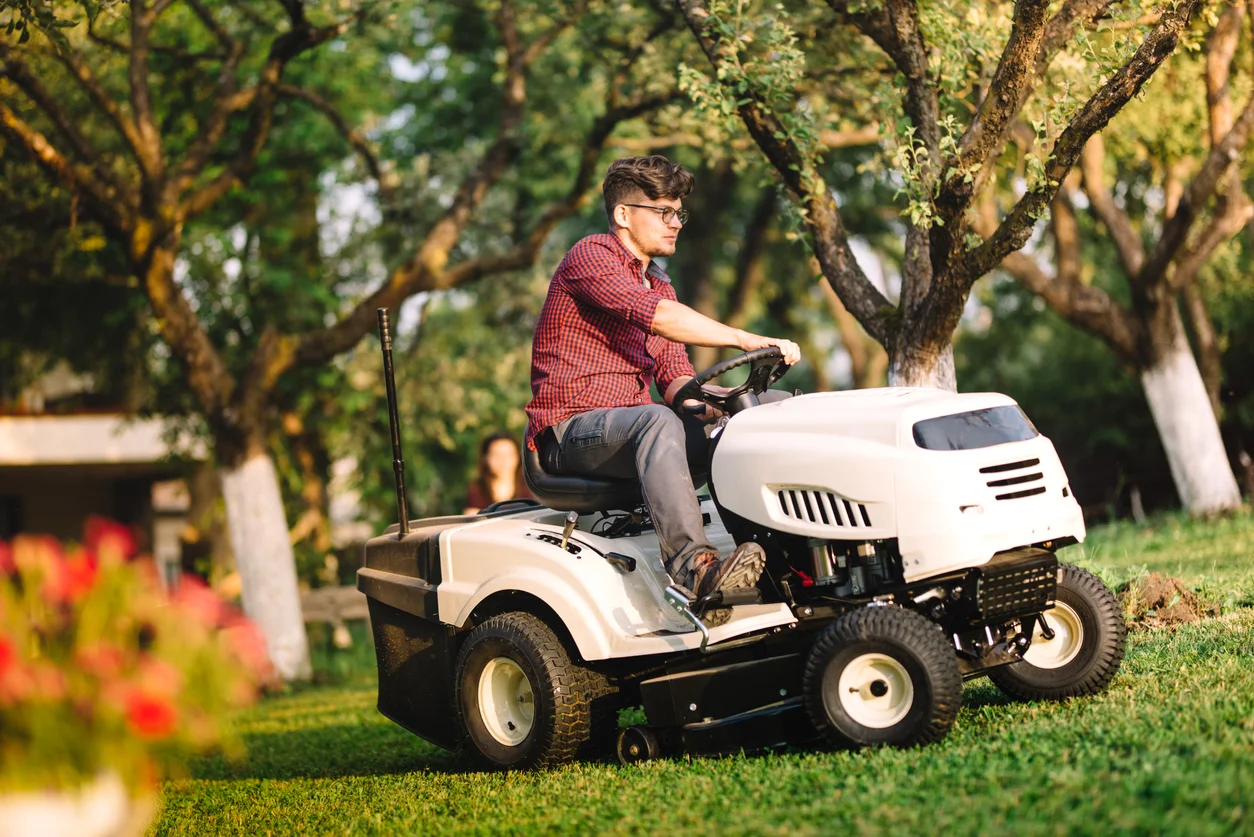
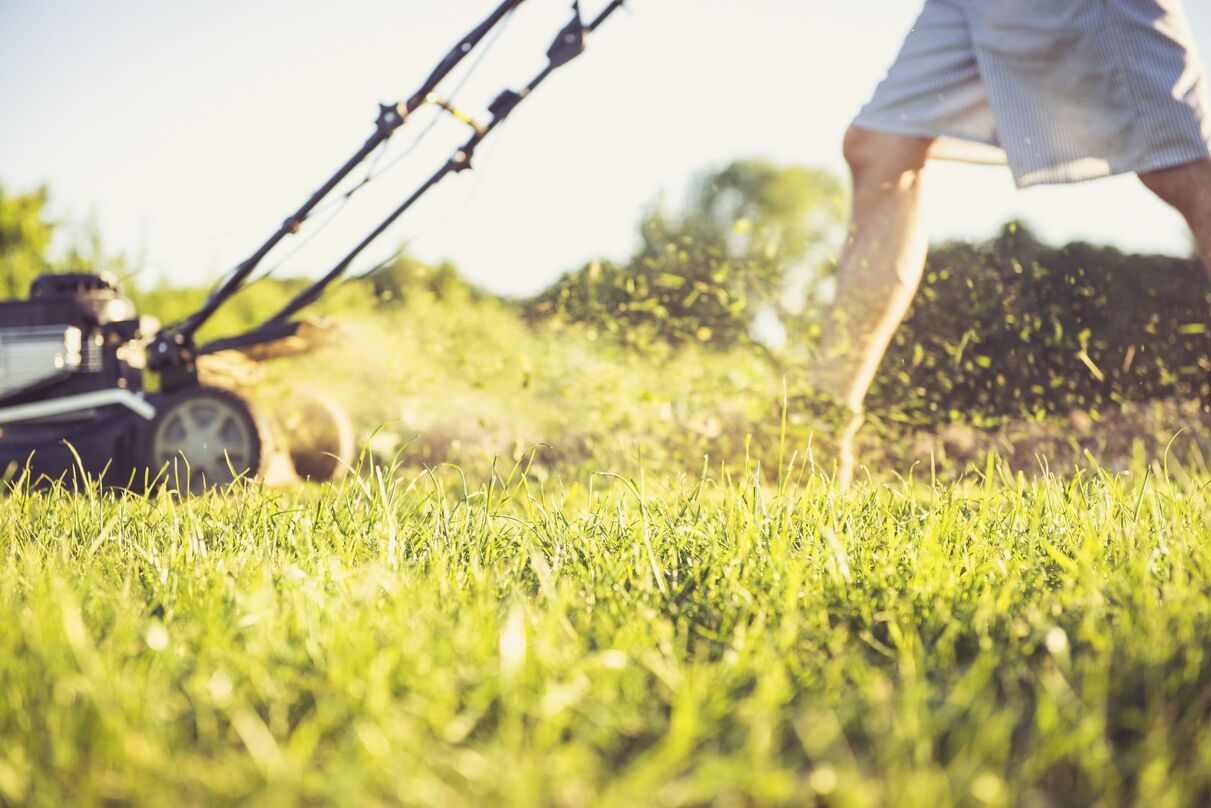
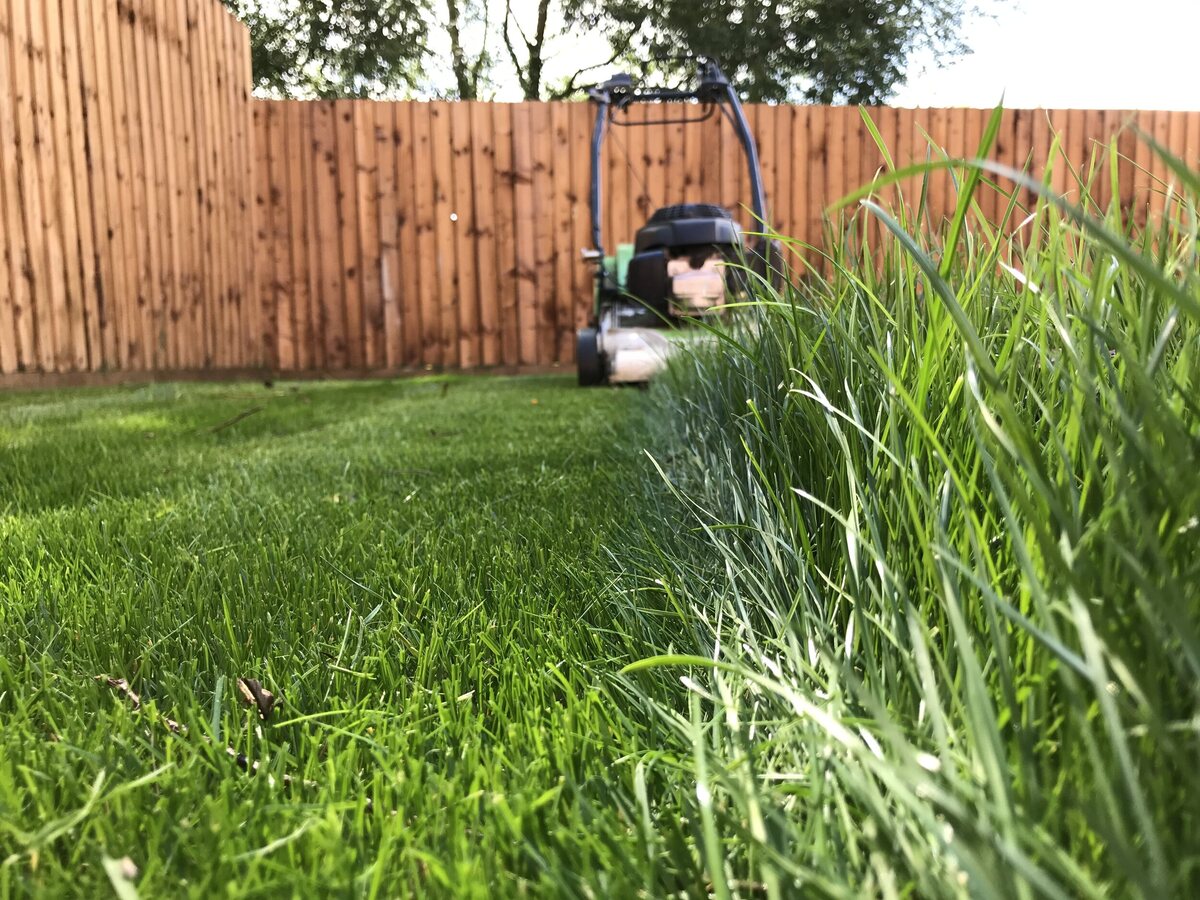
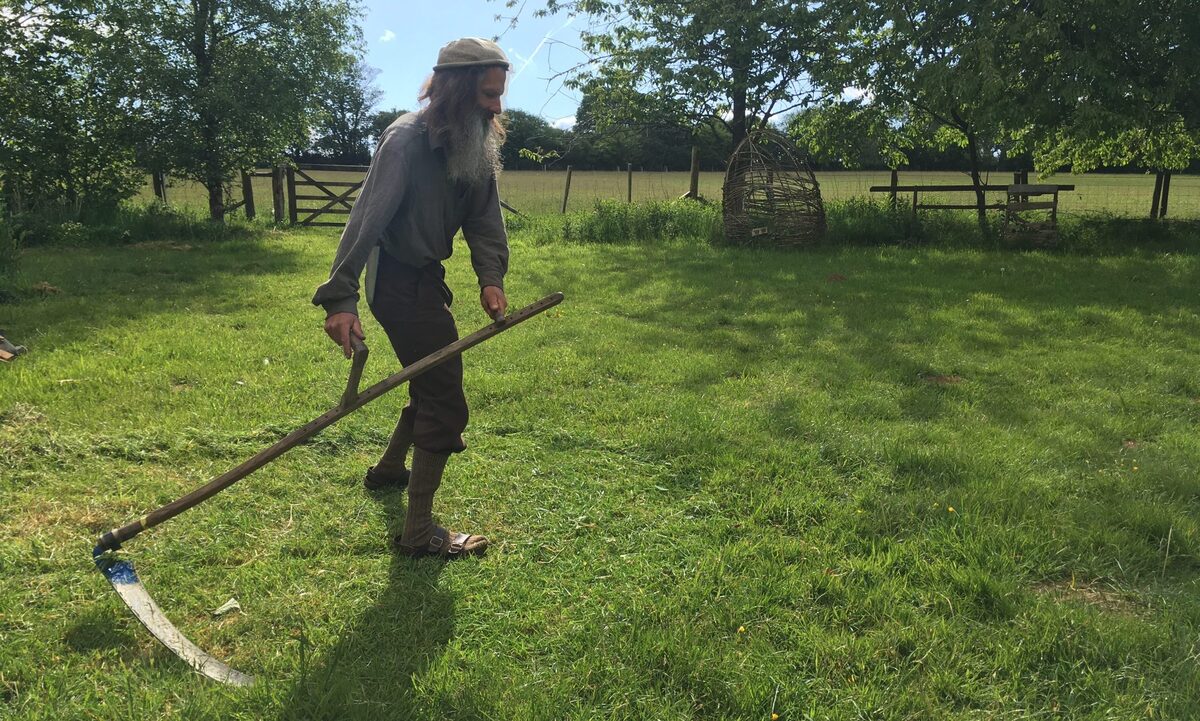
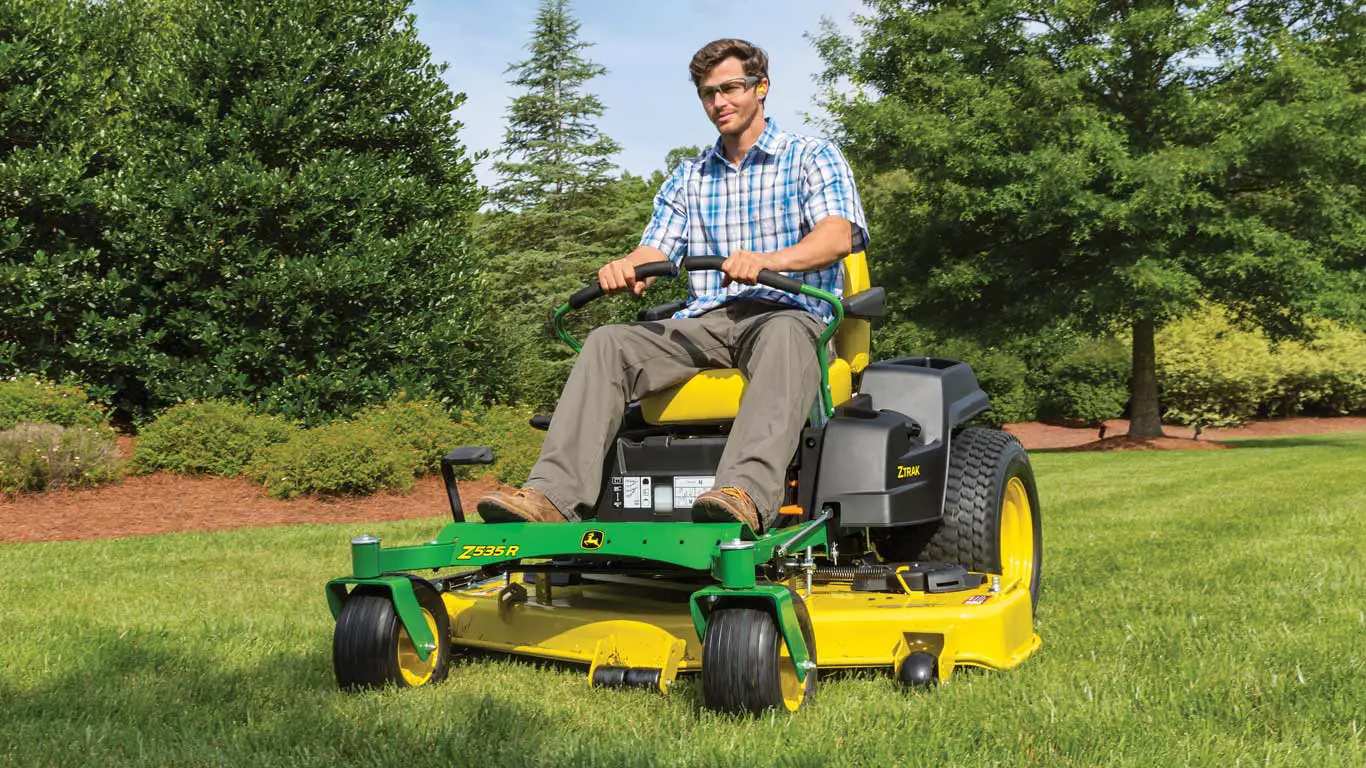
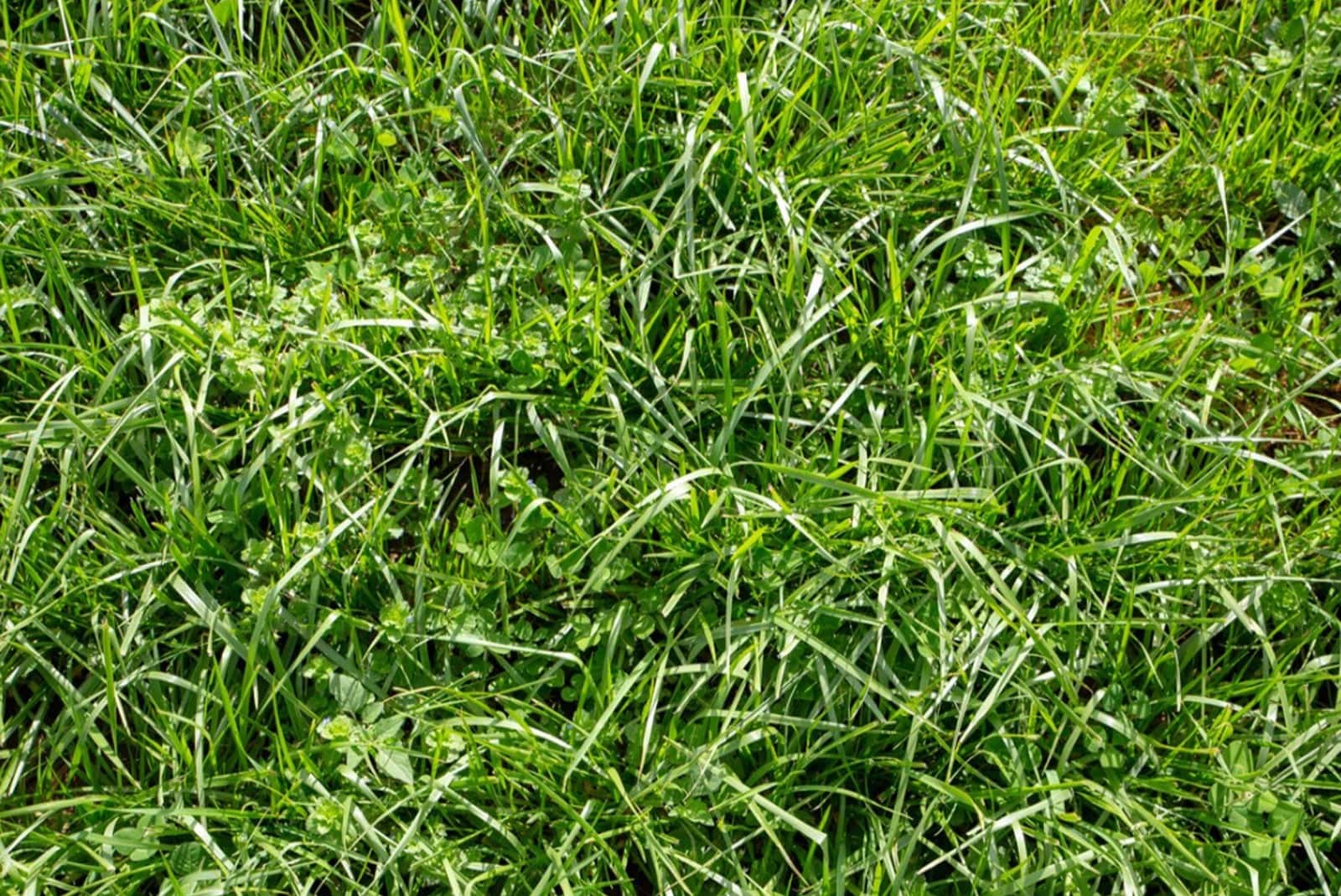
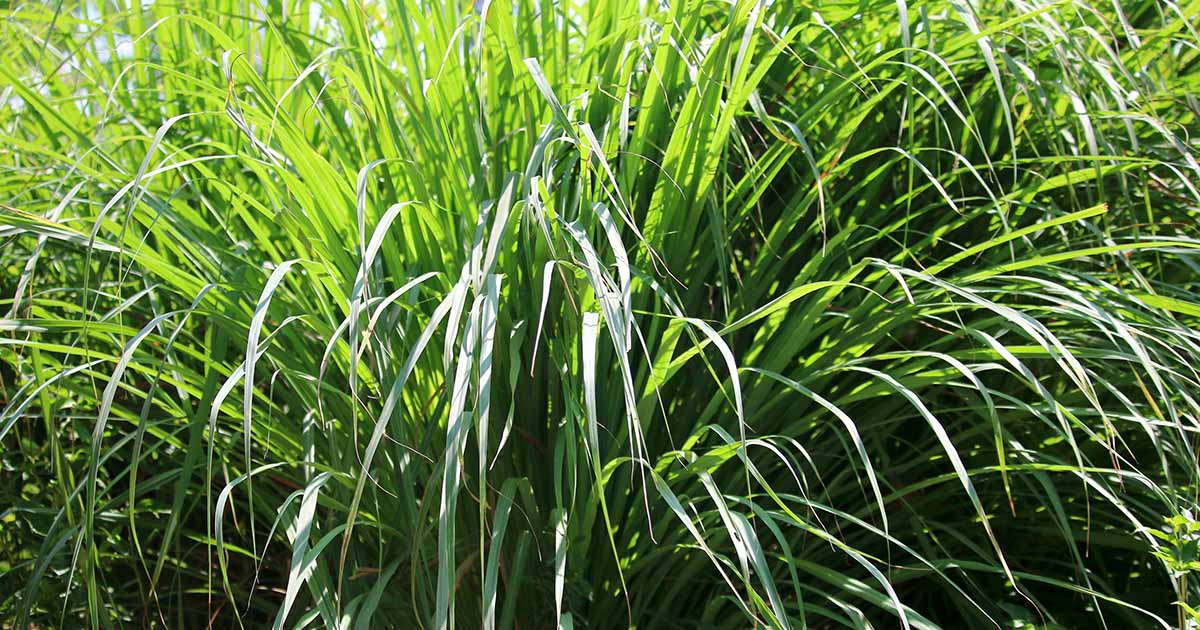
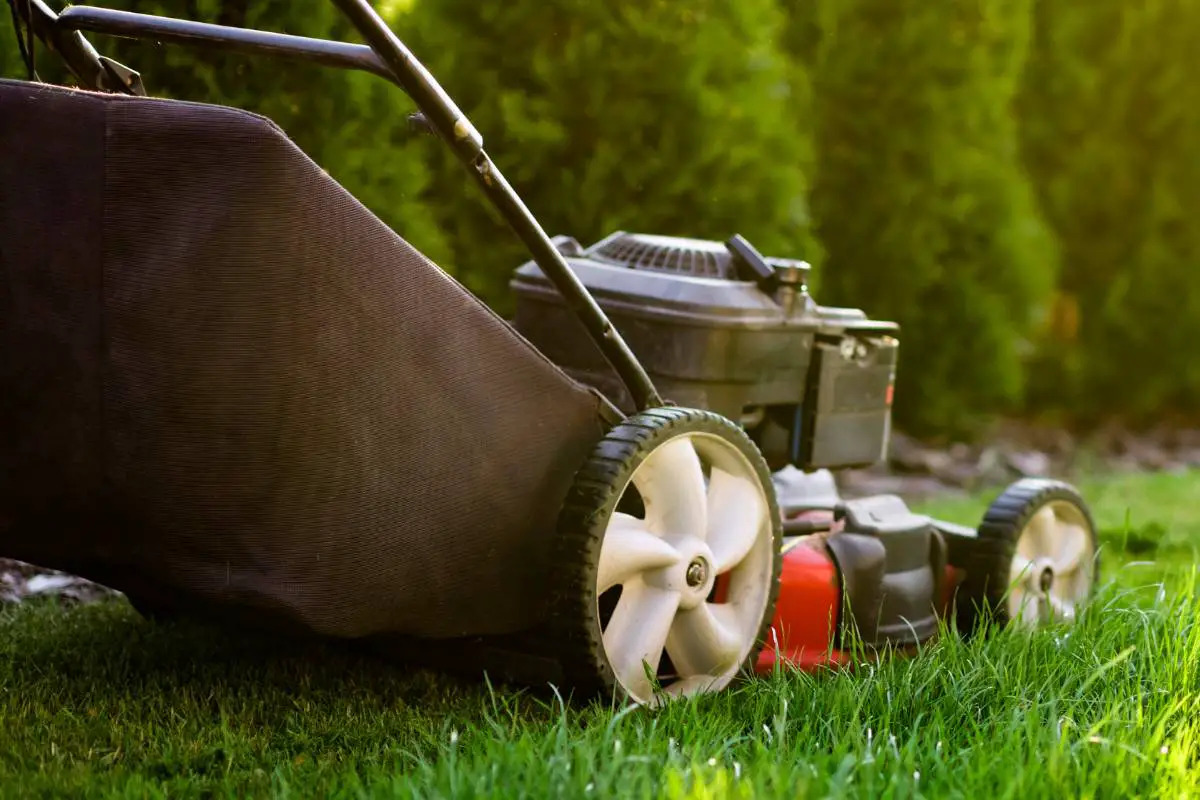
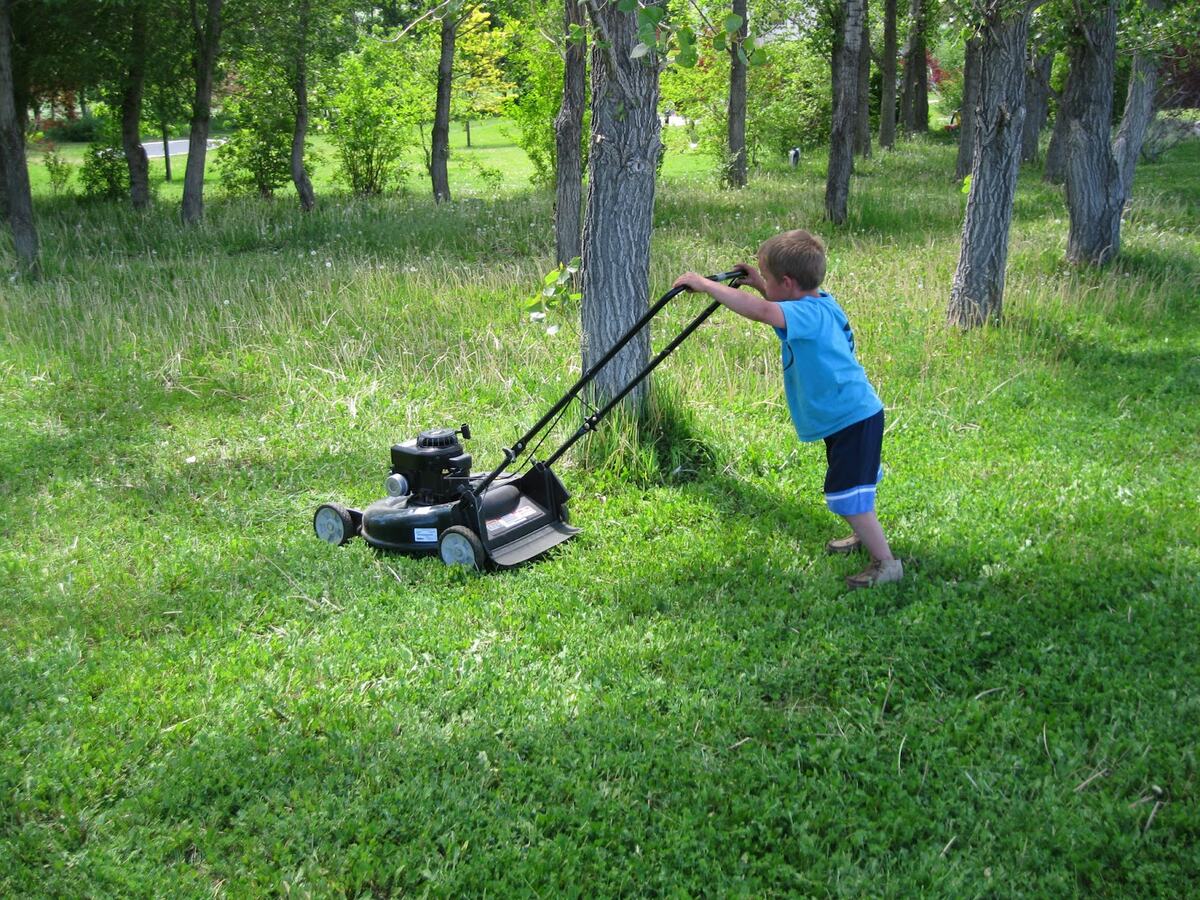

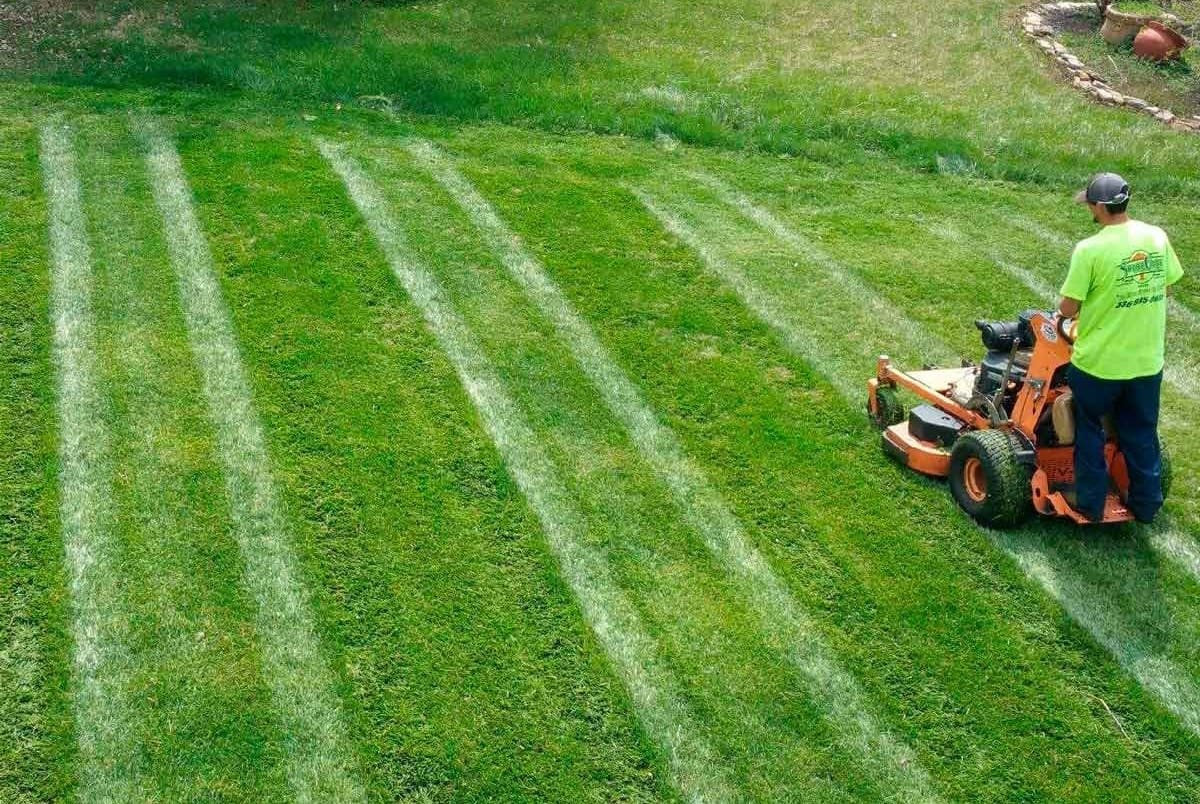
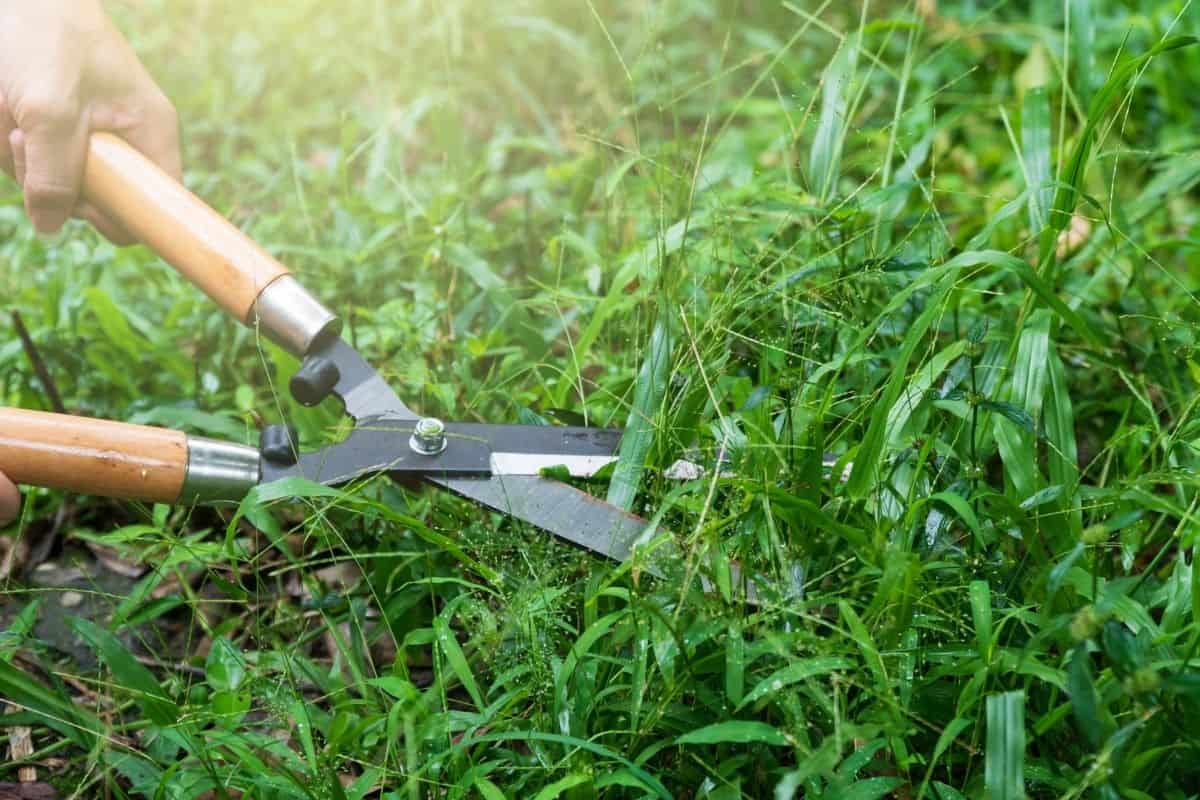
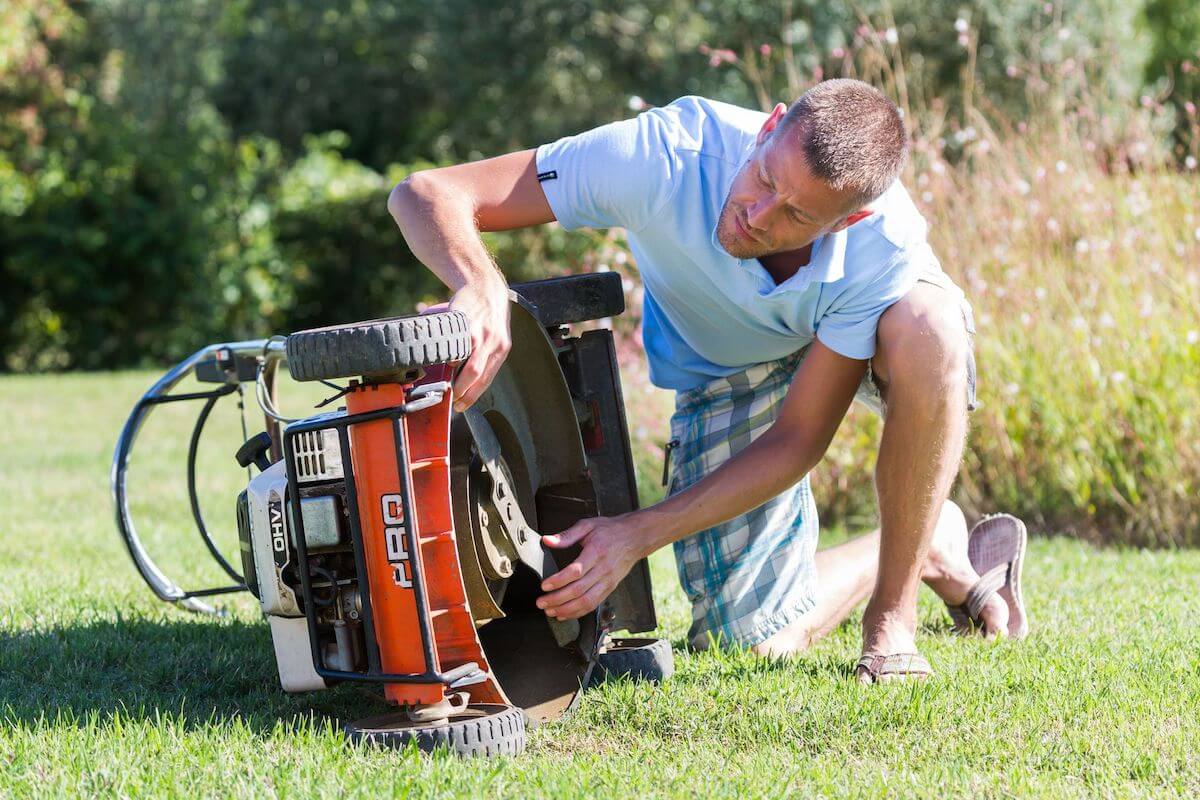
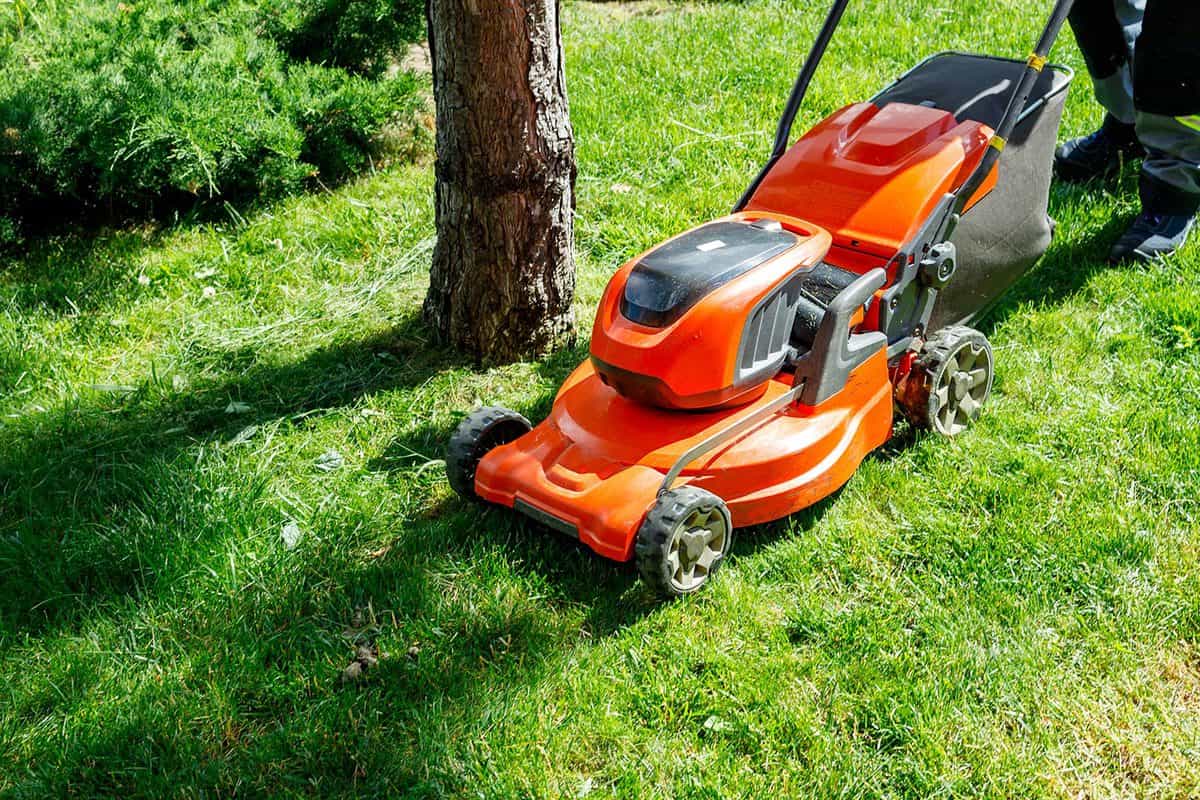

0 thoughts on “How To Cut Tall Grass Without A Mower”